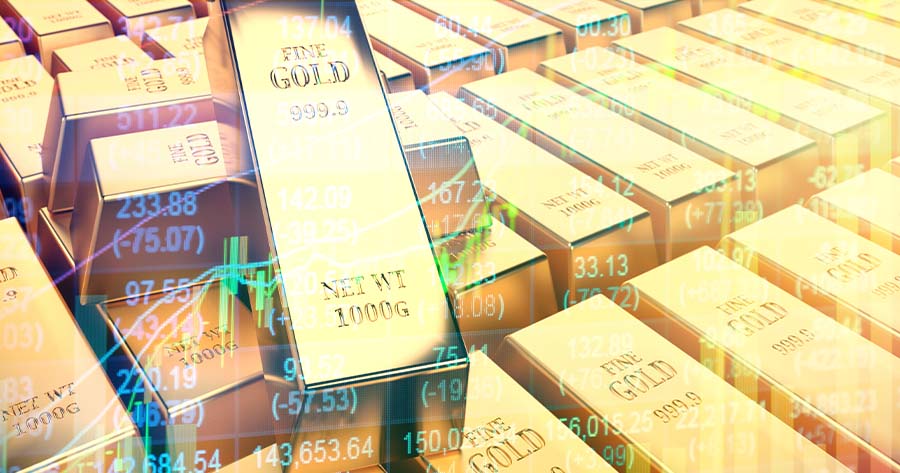Gold continued its impressive rally in 2025, with Goldman Sachs this week revising its December 2026 price target to $4,900 per ounce, up from a previous forecast of $4,300. The investment bank cited solid flows into Western exchange-traded funds (ETFs) and sustained central bank buying as key drivers.
As of early Tuesday at 10:37 A.M. (GMT+7), spot gold was trading at $3,968.32 an ounce after reaching a record $3,977.44 earlier in the day, reflecting a gain of approximately 51% since the start of the year. The continuing climb in gold prices has been fueled by several factors, including strong accumulation by central banks—particularly those in emerging markets—as they move to diversify their reserves.
Goldman Sachs analysts expect this buying activity to average 80 metric tons in 2025 and 70 tons in 2026. The bank also predicts that ETF allocations will likely expand, supported by an expected 100 basis point reduction in the U.S. Federal Reserve’s policy rate by mid-2026.
They also estimated there is still considerable potential for further gains, noting that increased allocation to gold by private investors could propel ETF holdings above what would be implied by interest rates alone.
Recent global political turbulence has also played a pivotal role in the surge. Market unease intensified after the U.S. federal operations entered a second week of shutdown, limiting investor access to key economic indicators and clouding the Federal Reserve’s policy outlook.
Meanwhile, political disarray in France deepened after Prime Minister Sebastien Lecornu resigned following failed budget negotiations, amplifying concerns surrounding the region’s fiscal health. In Japan, financial markets experienced further volatility ahead of the expected leadership change, with Sanae Takaichi poised to become the new prime minister.
President Donald Trump’s assertive approach to global trade and geopolitics has contributed to gold’s rally this year, prompting many investors to seek refuge from an unpredictable dollar and escalating geopolitical risks. With central banks and ETFs accumulating substantial holdings, and the Federal Reserve maintaining a dovish stance, gold appears positioned for its strongest annual performance in decades.





